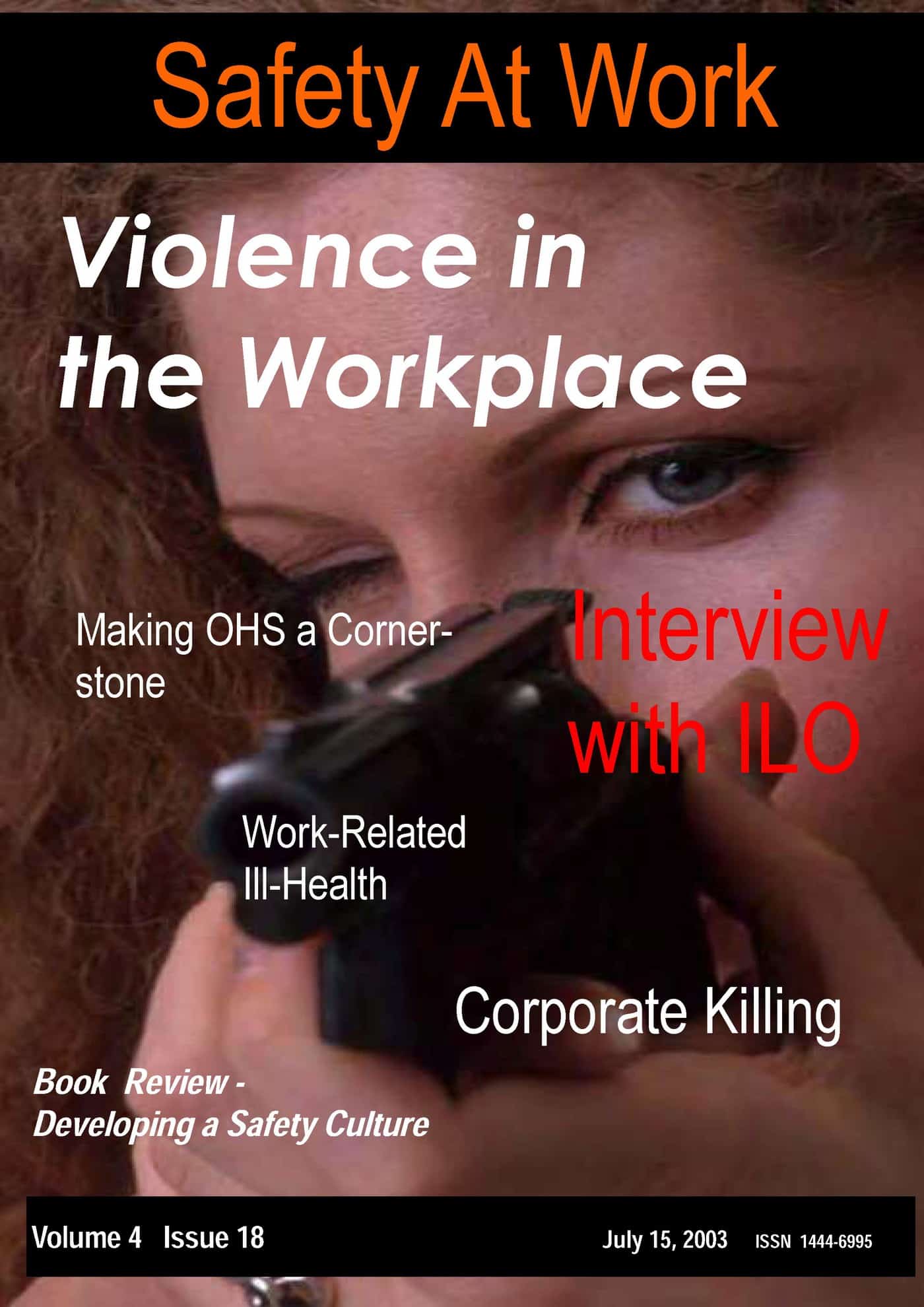Today the European Policy Centre in Brussels released the report Climate change: Global Risks, Challenges & Decisions. The findings of this report do not directly affect workplace safety but do indicate new ways in which businesses must manage the economic and social hazards that climate change produces. These new ways of management must be anticipated and understood by OHS professionals.
“Linking climate change with broader sustainable consumption and production concerns, human rights issues and democratic values is crucial for shifting societies towards more sustainable development pathways.”
The need for integrated management of business has never been greater. The common threat of climate change can only be met with a business strategy that embraces the reality of the threat and has this reality on the table of all business discussions – a desire that many professionals have also been pushing for OHS for years. The boardroom and management tables are becoming full of issues that some see as competing but are in truth complementary.
The report discusses two types of action that can be taken. Businesses that produce large amounts of carbon should be well involved with mitigation measures and the political policy frameworks. Other businesses can benefit substantially from adapation, that is
“…whereby society increases its capacity to cope with the impacts of climate change, so far as possible.”
The report gives developing countries a particular focus for adaptation but the concept is equally relevant, and perhaps more easily implemented, in Western countries.
“Adaptation to climate change cannot be successfully implemented if treated as an “add on” and implemented separately from other initiatives aimed at fostering economic and social development and increasing the resilience of societies.”
Climate change is altering the statistical possibilities of worst-case scenarios. The one-in-a-million is becoming the one-in-a-thousand. The once-in-a-hundred-years is becoming once-in-a-decade. The rapidity of change and the greater extremes and fluctuations of these events are changing the way projects are handled, costed and managed. These fluctuations will challenge the way that safety is managed and are broadening the scope of the profession.
OHS needs to be seen as a discipline that is as multi-faceted as risk management, as human as human resources and as responsible as corporate social responsibility. The OHS professional will remain focused on the safety of employees but what used to be on the periphery is now moving to the centre – climate change, business continuity, infectious disease pandemics, travel, risk management, shareholder expectations, quality, auditing, governance and accountability, to name a few.
And none of these issues can be dealth with without an integrated and adaptive approach, an approach that can provide more wide-ranging social benefits than ever before.



